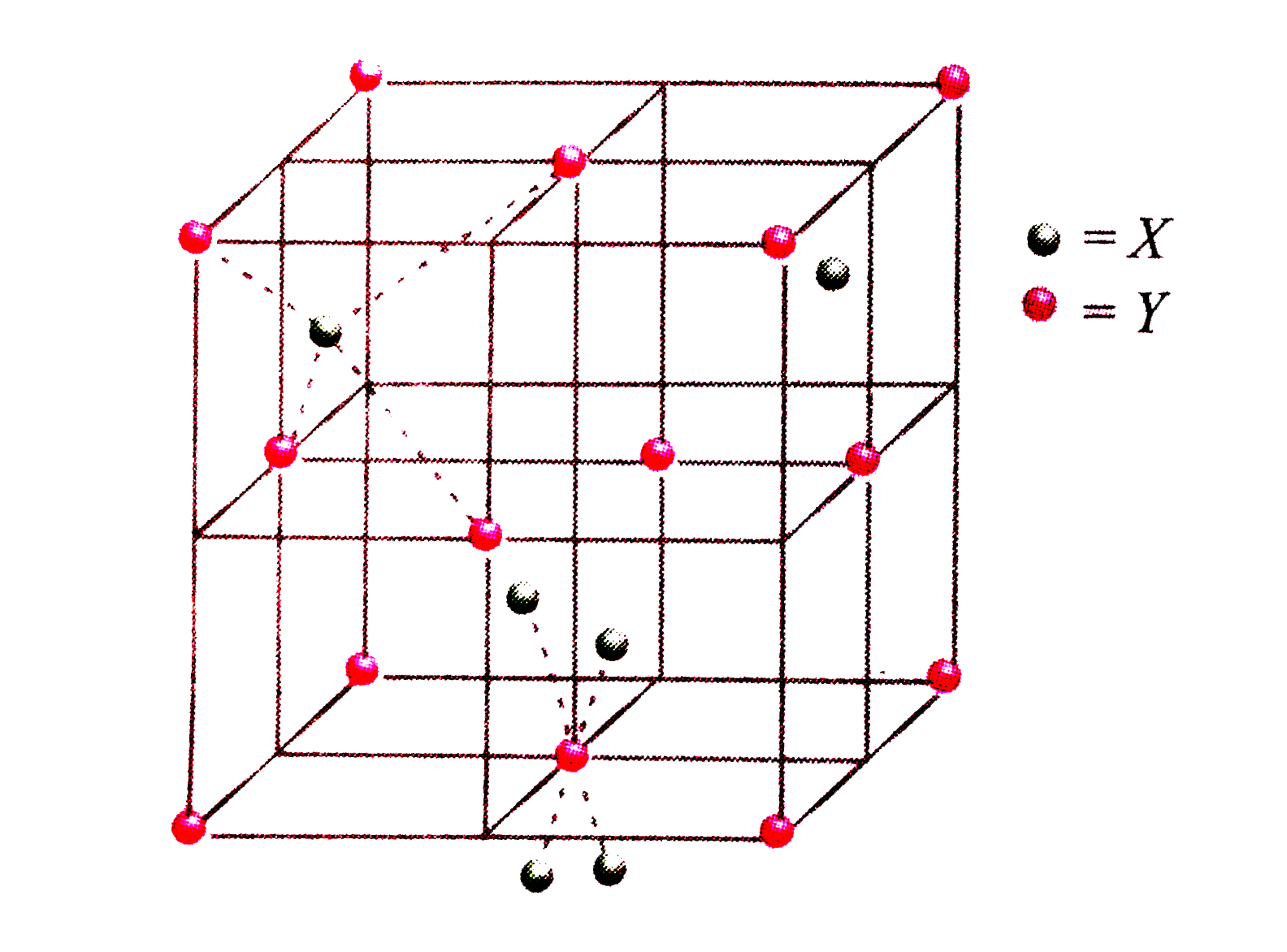What are the most important coordination numbers encountered in coordination compounds ?
Step-by-Step Text Solution:
1. Understanding Coordination Compounds: Coordination compounds are formed by the coordination of metal ions with ligands. The number of ligands attached to the central metal ion is referred to as the coordination number.
2. Identifying Common Coordination Numbers: The most important coordination numbers encountered in coordination compounds are 4 and 6. These numbers are significant because they correspond to common geometrical arrangements of ligands around the central metal ion.
3. Geometrical Arrangements:
- Coordination Number 4: This can lead to two possible geometries:
- Tetrahedral Geometry: In this arrangement, the four ligands are positioned at the corners of a tetrahedron.
- Square Planar Geometry: In this arrangement, the four ligands are positioned in a square plane around the metal ion.
- Coordination Number 6: This typically leads to:
- Octahedral Geometry: In this arrangement, the six ligands are positioned at the vertices of an octahedron.
4. Examples of Coordination Compounds:
- For a compound like PtCl4^2-, the coordination number is 4, indicating that there are four chloride ions coordinated to the platinum ion. Depending on the specific conditions, this can result in either tetrahedral or square planar geometry.
- For coordination number 6, an example would be complexes like (Co(NH3)6)^{3+}, which exhibits octahedral geometry.
5. Conclusion: The most important coordination numbers in coordination compounds are 4 and 6, which correspond to tetrahedral/square planar and octahedral geometries, respectively. These coordination numbers play a crucial role in determining the structure and properties of the coordination compounds.
---
- Coordination Number 4: This can lead to two possible geometries:
- Tetrahedral Geometry: In this arrangement, the four ligands are positioned at the corners of a tetrahedron.
- Square Planar Geometry: In this arrangement, the four ligands are positioned in a square plane around the metal ion.
- Coordination Number 6: This typically leads to:
- Octahedral Geometry: In this arrangement, the six ligands are positioned at the vertices of an octahedron.
- For a compound like PtCl4^2-, the coordination number is 4, indicating that there are four chloride ions coordinated to the platinum ion. Depending on the specific conditions, this can result in either tetrahedral or square planar geometry.
- For coordination number 6, an example would be complexes like (Co(NH3)6)^{3+}, which exhibits octahedral geometry.
Topper's Solved these Questions
- COORDINATION COMPOUNDS BOOK - ICSECHAPTER - COORDINATION COMPOUNDS EXERCISE - EXERCISE (PART - II DESCRIPTIVE QUESTIONS) (SHORT ANSWER QUESTIONS)
74 Videos
- COORDINATION COMPOUNDS BOOK - ICSECHAPTER - COORDINATION COMPOUNDS EXERCISE - EXERCISE (PART - II DESCRIPTIVE QUESTIONS) (LONG ANSWER QUESTIONS)
16 Videos
- COORDINATION COMPOUNDS BOOK - ICSECHAPTER - COORDINATION COMPOUNDS EXERCISE - EXERCISE (PART - I OBJECTIVE QUESTIONS) (Multiple Choice Questions)
30 Videos
- CHEMISTRY-2020 BOOK - ICSECHAPTER - CHEMISTRY-2020 EXERCISE - Question (Answer the following question)
4 Videos
- d- AND- f- BLOCK ELEMENTSBOOK - ICSECHAPTER - d- AND- f- BLOCK ELEMENTSEXERCISE - ISC EXAMINATION QUESTIONS (PART-II)(DESCRIPTIVE QUESTIONS)
15 Videos
Similar Questions
Knowledge Check
According to Werner's theory of coordination compounds ,
Aprimary valency is ionisableBsecondary valency is ionisableCprimary and secondary valencies are ionisableDneither primary nor secondary valency is ionisable .In hcp arrangement the coordination number is
A6B12C8D10The ligand S2− is named in coordination compounds as :
AthioBsulfideCsulfidoDnone of these.

